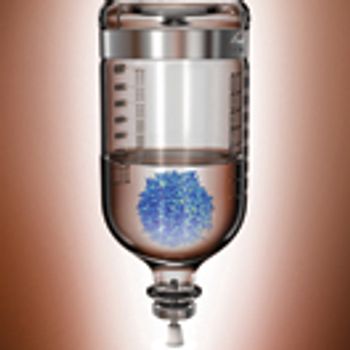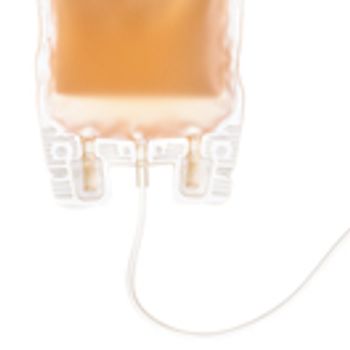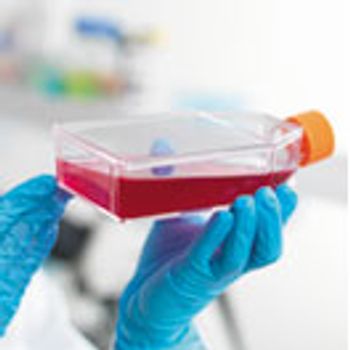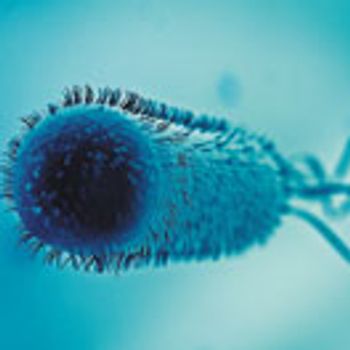
In a lawsuit against Celltrion, Janssen alleges the GE subsidiary infringed one of Janssen’s patents covering the method of making the cell-culture media that HyClone later supplied to Celltrion.

In a lawsuit against Celltrion, Janssen alleges the GE subsidiary infringed one of Janssen’s patents covering the method of making the cell-culture media that HyClone later supplied to Celltrion.

Pfizer broke ground at its Andover, Massachusetts campus on a clinical manufacturing facility for complex biologics and vaccines.

Alvotech prepares for commercial biosimilar production in new facility with single-use bioreactors in Reykjavik, Iceland.

A new 20,000-L microbial biologics facility in Ireland will be operational by 2018 for Fujifilm Diosynth's contract development and manufacturing customers.

The collaboration will provide GMP manufacturing ahead of future clinical studies.

Data acquired from osmolality, glucose, and folic acid tests provides useful information for the specific identification of cell-culture media.

Early successes drive the need to overcome safety issues, increase efficacy, and address manufacturing challenges.

Developers of CAR-T cell therapies with products showing successful early-stage clinical results are currently seeking manufacturing capacity that will enable the production of the larger quantities of material needed for Phase III trials and eventual commercialization.

Two main safety issues have been identified in the early-phase clinical trials conducted to date for chimeric antigen receptor (CAR)-T cell therapies.

Cell therapy companies are attracting interest from investors, and drug companies are seeking partnerships and acquistions to accelerate development.

The company announced the launch of its first-in-class Lynx CDR connectors at INTERPHEX 2016.

The National Institute of Health will conduct an internal review of the National Cancer Institute’s cell manufacturing facilities, which will affect multiple Kite projects.

Microchannels show potential benefits for inertial cell sorting and for introducing genetic material into cells.

The authors review the technologies that may help bioprocessing become a truly continuous operation and present case studies that could contribute to the integration of upstream and downstream platforms.

A modular cell-culture platform demonstrates accelerated process development.

The authors provide application data to support the use of SEC beyond small-scale operations.

Novo Nordisk broke ground on a facility in Clayton, NC, to manufacture APIs for GLP-1 and insulin medicines.

The pharma company revealed in a fourth quarter call that it will improve its cell-culture capabilities by focusing on the use of naïve, highly proliferative cells to manufacture its CAR-T drug candidate.

Asking the right questions is crucial to establishing a biopharmaceutical facility design.

The authors describe the ways in which manufacturers can mitigate the risks related to the integrity of recombinant transgenes expressed in CHO cells.

The necessity to detach cells from a culture substrate during cell harvesting remains one of the most challenging steps in a cell-culture process.

Collaborative efforts are underway between suppliers and drug manufacturers to address raw material variability.

Microbial models offer some exciting production alternatives.

Miniature bioreactors add value by reducing validation efforts.

The authors review the status of expression of antibodies in microbial hosts and present the recent advances in the production of aglycosylated antibodies in bacteria.